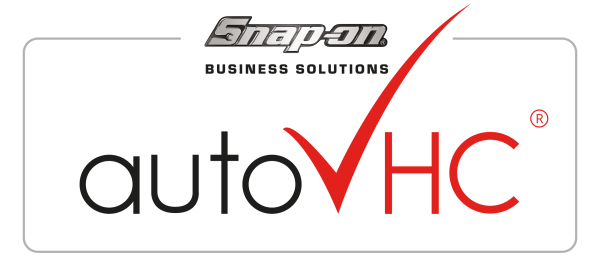There are 2 modes within autoVHC that relate to integrations. These modes are:
autoVHC Mode:
This mode relates to information being requested from autoVHC. This means that all of the integration with the DMS can be triggered from touch-points within the autoVHC system. These touchpoints mean that all work relating to a VHC can be controlled directly from the autoVHC system.
DMS Mode:
DMS Mode would be triggered by the DMS itself, instead of from autoVHC. This means the jobs would be pushed in directly from the DMS once created or updated.
There are 3 separate integration categories for the autoVHC system. Each category has different methods that can be used as part of that category. Each DMS integration would fit into at least one of the below categories:
Job
Job covers everything to do with the movement of a repair or work order. This would involve both the import of the job from the DMS into autoVHC, and the return of the job once completed.
Pricing in VHC
This covers all of the parts and labour pricing for the VHC, once the check has been completed. autoVHC would connect to the DMS via a web service, and would pull in all information regarding parts, labour and packages (if applicable), so that the user can add data from the DMS to the job.
Pricing in DMS
Pricing in DMS works in a similar way to Pricing in VHC, however all of the parts and labour is priced up in the DMS directly, instead of in autoVHC. This is usually done by connecting to an autoVHC web service, and pulling the information back into the DMS. Once priced, the job is then pushed back to autoVHC.

